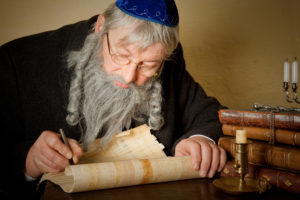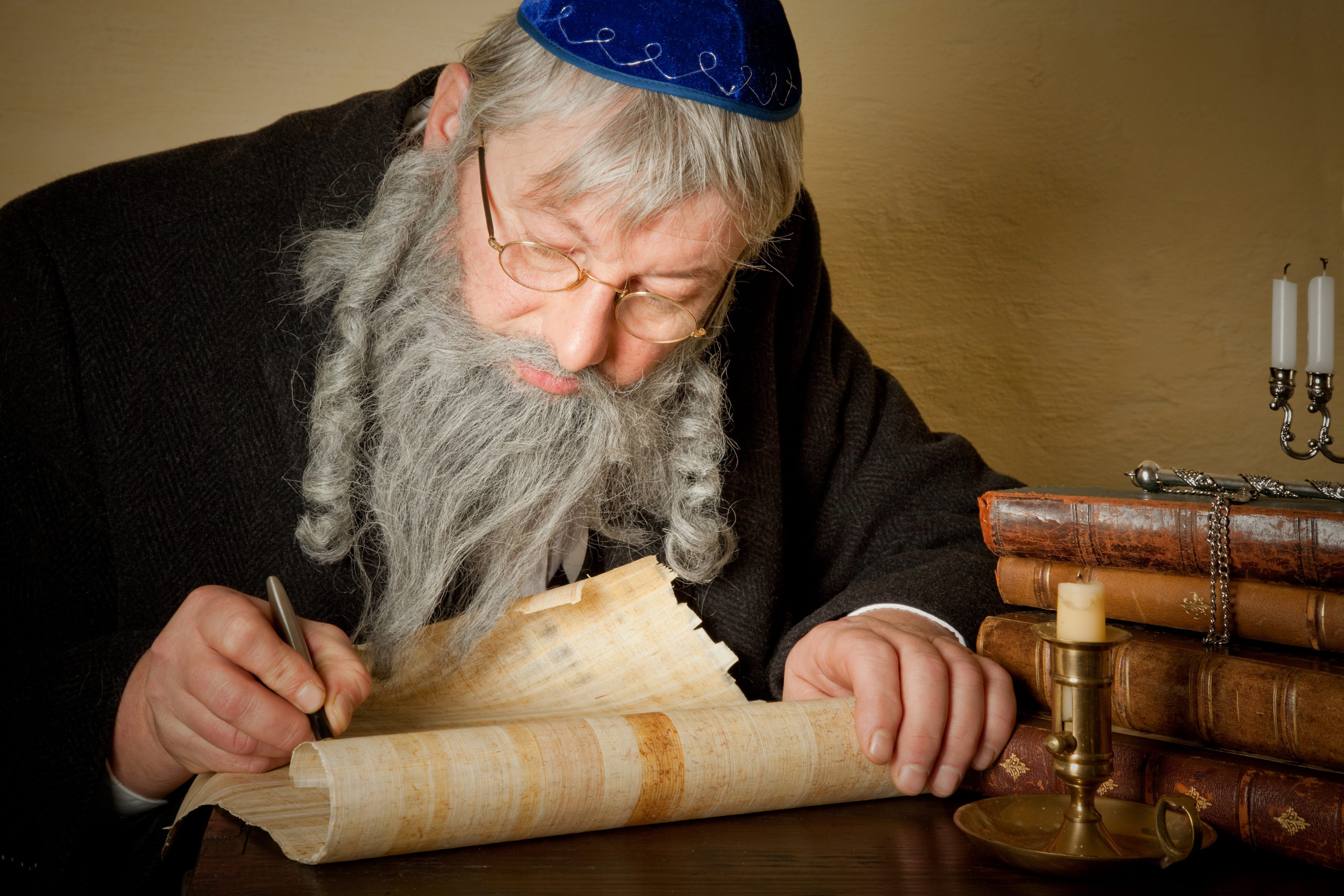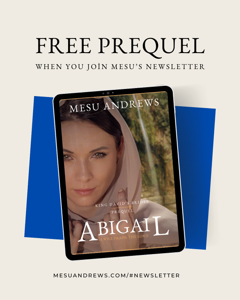 Do you see the rabbi at the left? He’s studying a scroll—likely written in ancient Hebrew, Aramaic, or Greek—with history and traditions I know only a little about. Though I’d love to research in those original languages, I’m limited to English and lots of study aids.
Do you see the rabbi at the left? He’s studying a scroll—likely written in ancient Hebrew, Aramaic, or Greek—with history and traditions I know only a little about. Though I’d love to research in those original languages, I’m limited to English and lots of study aids.
See the little girl at right? That’s how I feel about painting pictures with my knowledge of Jewish history and tradition compared to how a true scholar could write about these events.
Never forget, y’all . . . I write fiction. Yes, I love research, and I do a lot of it. I take great care to ensure that what I write never contradicts the Bible and that reliable scholars agree with the history presented. But I haven’t been raised in the Jewish faith and culture. When I study Jewish sacred texts (Midrash, Talmud, Sanhedrin, etc.), I come at it from the outside with my face pressed against the glass.
Blessings Abound
As I describe my research on Isaiah’s martyrdom, I do so with utmost respect for the Jewish texts. God ordained–through His promise to Abraham, Isaac, and Jacob (Gen.12:3)–that their descendants would be a blessing to every nation. I believe part of that blessing included recording and maintaining the stories/history of His chosen people under the inspiration of His Holy Spirit, giving us the Bible.
In addition, we Gentiles have been grafted into Abraham’s family through faith in Jesus (Gal.3:7-9). We’re now part of an eternal harvest because of Jewish faithfulness in preserving the Tanakh—what Christians call the Old Testament–and faithful Jewish believers who wrote the New Testament.
Respecting Differences
However, as I understand Jewish religious culture, though sacred texts are studied diligently, rabbinic commentary and new discussions can expand doctrine. These new “laws” can, in fact, be held in equal (if not greater) esteem than the original Truth of the written record.
This is where my heart diverges from my Jewish kindred.
I hold God’s Word (both Old and New Testaments) as absolute Truth. Unalterable. Indisputable. God-inspired. The other Jewish texts (those gained from rabbinic commentary and oral discussions) I regard as historical documents that give us valuable insights. Unfortunately, the historical content often conflicts (another reason it can’t be Truth). This creates theories for me to wrestle with, and I often use one or more to expand the stories not recorded in the Truth of Scripture. Such is the case with the prophet Isaiah’s death. We know he died, but how?
Three Possibilities
For this depth of research, I go to a scholarly library (university or seminary), but I’ll offer an abridged resource here (CLICK HERE) for the online Jewish Encyclopedia) that’s very helpful for our short discussion. It offers three possible scenarios for Isaiah’s martyrdom, each from reputable sources.
Version #1
Manasseh accused Isaiah of blasphemy; Isaiah utters the unspeakable Name of Yahweh, and a cedar tree opens up and swallows him. Manasseh orders the tree sawn in half, and Isaiah dies when the saw reaches his mouth. (Eee-gad!)
Version #2
Isaiah fled when he heard Manasseh was trying to kill him and hid in a cedar tree. He was found when the fringe of his robe gave him away, and Manasseh ordered the tree sawn in half with his grandfather still in it.
Version #3
Basically, the same as version #2 but with the added detail that Isaiah’s blood “spurted forth.” (Oh my sakes!)
The Scene in Isaiah’s Legacy
Did I really put this scene in my book? Yes, because it shows Manasseh’s level of depravity. HOWEVER, I hope y’all know I would never sensationalize evil or celebrate sin. This scene actually became a turning point of HOPE for the Yahweh followers in this story!
I didn’t stick with any of the three versions above but took some information from each one (Don’t worry, I left out the blood spurting). Because I don’t want to spoil this powerful turning point in the book, I won’t say more, but let me assure you—the scene I most dreaded writing became one that I believe God has really blessed in this book.
What To Keep; What To Cut?
There’s an entire book called, THE MARTYRDOM OF ISAIAH, in a Jewish sacred text called the Pseudepigrapha. If you dip your toe into research waters, you may find yourself drowning in confusing texts and conflicting stories. I certainly do each time I begin research on a new book.
That’s why I stand on Scripture alone as my single, unalterable TRUTH. All the other texts have a different “ring” to them. Almost like fairy tales. As I wade through the mountains of information, I’ll often find a golden thread woven through them that somehow connects to the Truth I know from Scripture—and that’s how I make the decisions on the fact and fictional elements of the plot.
Was Isaiah really martyred by his grandson Manasseh? Historical sources overwhelmingly agree he was though they differ on the circumstance. I believe Isaiah likely hid in a tree and was somehow sawed in half by Manasseh, his grandson. Exactly how those things happened, we’ll never know—or we’ll discover it in heaven because it brought glory to God!
“Let everything that has breath praise the Lord.” Psalm 150:6




